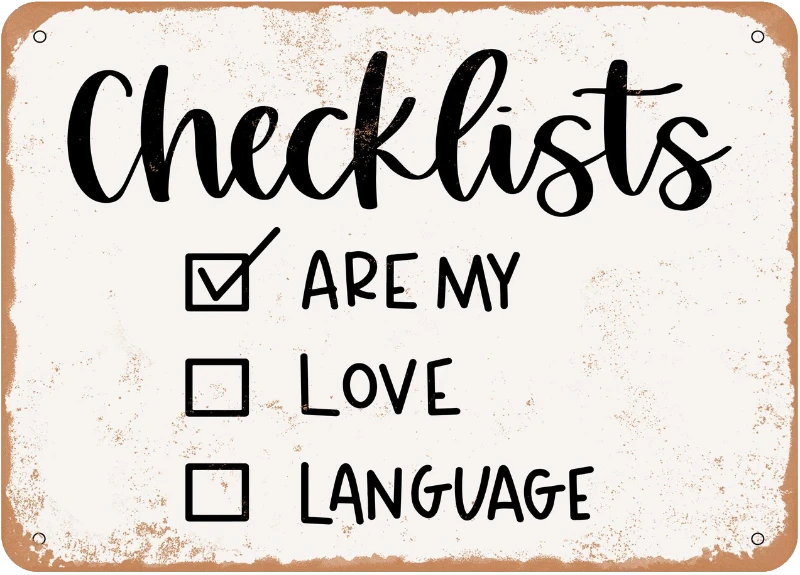The Checklist Manifesto
While I initially thought this book could have been condensed into a blog post or two, reading it in its entirety was a game-changer. The practical details I absorbed have become ingrained in my daily routine, helping me to transform my tasks into efficient checklists.
The Checklist Manifesto by Atul Gawande is a must-read for daily and professional life. The book examines the use of checklists in the business world and the medical profession, examining how they could be used for greater efficiency, consistency, and safety.
Atul walks readers through his experience of how the modern medical system fails. The 20th century saw vast increases in medical knowledge through a richer understanding of the body and from swathes of new drugs, tests, and surgical procedures. And yet, mistakes are still made; diagnoses are missed, critical tests aren’t run, and standard treatments aren’t given. Even when the correct answer is known by someone—and often by everyone involved—patients slip through the cracks.
The first is diligence, the necessity of giving sufficient attention to detail to avoid error and prevail against obstacles. Diligence seems an easy and minor virtue. Diligence is both central to performance and fiendishly complex.

Every profession grapples with a common challenge: an ever-expanding knowledge base and complexity of work. This growth often surpasses the capacity of a single expert to keep all the relevant pieces in mind. Checklist Manifesto offers universally applicable principles.
A checklist can be brief and helpful. One of the first checklists introduced in hospitals, aimed at decreasing central line infections in ICU patients, was trialed at John Hopkins Hospital in Baltimore in 2001. It had five steps. The doctor was supposed to;
- Wash their hands with soap.
- Clean the patient’s skin with Chlorhexidine antiseptic.
- Put sterile drapes over the entire patient.
- Wear a mask, hat, sterile gown, and gloves.
- Place a sterile dressing over the insertion site once the line is in.
But even in the poorest hospitals, using it saves lives. And there’s a broader lesson to be learned here. In any complex field – which encompasses quite a lot of the modern world – even self-explanatory, straightforward instructions to check off for routine tasks can cut down on the cognitive overhead and reduce “careless” human error, making perfect performance much more feasible.
Make a Checklist.